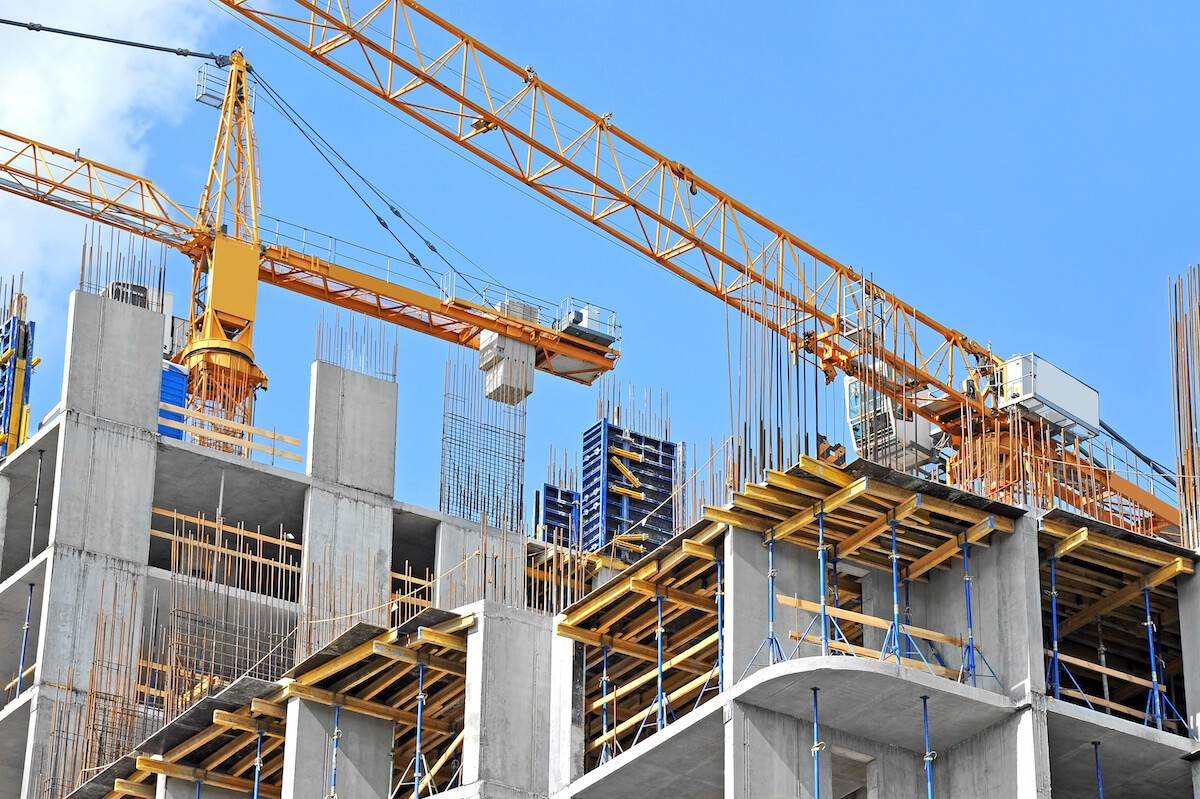3 Questions to ask before Deploying Reality Capture to the Field
Reality capture gives you a digital 3D model representation of your construction site, and has become the norm for many job sites.
.jpeg)
One of the critical components of a construction project is an as-built drawing. As-builts provide a final record of the installed conditions — including all changes made over the course of a project.
As-builts are often produced by general contractors and/or subcontractors at the end of a job, during closeout. These are often referred to as final as-builts or for-record as-builts. As-builts may also be generated during the course of the job to track design changes and deviations from the original plans.
In this article, we’ll outline everything you need to know about as-built drawings. We’ll start by covering the basics, including answering questions like “what are as-builts?” and “who produces as -builts?” Then, we’ll touch on what is typically included in as-builts and why they are so important for construction close out and handover to facilities teams. Lastly, we’ll highlight how quality as-builts can improve your construction project.
An as-built drawing is a document used in the construction industry to provide a final record of the installed conditions — including all changes that occurred over the course of the job. Typically, as-built drawings are provided at the end of the job as part of the closeout package. As-built surveys may also be conducted during the course of the job to document any deviations from the original drawings.
The original specification provided at the beginning of the job will typically define the as-built requirements for the job. As mentioned, many subcontractors are required to include as-builts as part of their closeout package. This is most relevant for trades such as:
The specs will also define the format for the as-builts. For a while, hand-written red-line drawings were considered acceptable. However, as construction technology has evolved, the expectation for as-builts has as well. Design teams now often request as-builts in digital form, in a file format like AutoCAD, Revit, or IFC.
The design team, including architects and engineers, may produce as-built drawings as well. These may happen during the course of the job to help track installation progress.
As-builts can contain an array of information. They typically demonstrate where items like piping, ductwork, and walls ended up during installation on site. Typically, these elements are located in 2D via dimensions and elevations. As-builts may also contain product spec information and other details like wiring diagrams and equipment layouts.

As-builts are important for a couple of reasons. One, they help the end-user and facilities team once the building is turned over. Second, accurate as-builts can help prevent waste and rework. Let’s take a closer look at both reasons.
Once a building is turned over, the building maintenance team needs to be able to understand where certain features exist within their systems. For instance, let’s say that they need to drain down a portion of their mechanical system. The facilities team needs to understand where valves are located so that they can perform this work. This is even more critical in an emergency situation.
It would be easy to assume that this information is located on the construction drawings, but this is not always the case. There are often deviations from the original design. Despite the best efforts of architects and engineers, it’s pretty safe to say that every job will have at least some scope gaps and changes to the issued documents. Additionally, there may have been design-build aspects of the job, and the work may have been completed without any drawings.
The facilities team may also not be performing maintenance work until years after the completed project. In the example above, will the HVAC project manager remember where a valve is five years after job turnover? Probably not! Providing accurate as-builts ensures the maintenance team has an accurate set of building plans with exact dimensions that they can use for future use.
The example above considers as-builts as a set of for-record drawings. But as-builts can also be used during the lifecycle of the construction project to minimize waste and rework.
For instance, let’s say you’re renovating an existing space. Once the ceiling demo is complete on-site, you may be able to take an as-built scan of existing conditions.This allows the potential to coordinate above ceiling MEP’s and potentially pre-fabricate components in order to avoid wasted time and materials.
As you can see, as-built drawings can benefit all stakeholders on a job, from the design team to the end user.
Too often, as-builts are considered an afterthought, something thrown together haphazardly at the end of the job. However, by doing so, contractors are missing out on an opportunity to streamline efficiency and cut down on extra work.
Let’s say, for instance, that you are on a project where you are renovating an existing space. Once the mechanical contractor begins installing ductwork, they notice that there are a few deviations needed to route around existing systems. The existing systems were not shown on the original plans. As a result, the plumber is going to need to reroute a drain meant to be newly installed.
If as-builts were being conducted in real-time, this information could be relayed back to the plumbing contractor, allowing them to make shop drawing changes. If this information were not passed along to the plumbing contractor, they would likely fabricate based on the original plans, only to find out that their fabricated pipe was useless once it arrived on site.
The best way to maximize as-builts is by taking them in real time in a file format that’s accessible for the entire team like BIM. This can be done by taking a scan of the space to capture progress. From there, coordinators can run clash detection of the space against the baseline model to identify potential areas of concern. The sooner a problem is identified, the easier it is to correct. These strategies are not as feasible if as-builts are being manually red-lined.
By taking as-builts in real time, construction managers and design teams can reduce the likelihood of rework. Rework in the construction industry is quite costly. Typically, rework costs 5% of the overall contract value. Rework can also result in schedule slips. As-builts can help track progress and streamline efficiency.

There are many critical aspects of the construction process. Though often overlooked, as-built drawings are one of these important components. As-builts are critical because they serve as for-record drawings for the building maintenance team. They can also help prevent re-work on a job, especially if existing conditions need to be captured. Unfortunately, too many contractors rely on paper, red-lined as-builts. That’s where Avvir comes in.
Avvir is a construction technology solution that can help streamline the as-built process in a few ways. Avvir’s system allows for automated deviation analysis so that you can see changes from the original plans in real-time. Avvir also promotes clash detection analysis and integrates with BIM so that contractors can potentially reduce the likelihood of rework while increasing the chances that their project stays on schedule.
Introduce Avvir to your jobsite so you have complete knowledge of your build at any time. Request a demo to get started.

5/10/21
Team Spotlight
Lorem ipsum dolor sit amet, consectetur adipiscing elit. Suspendisse varius enim in eros elementum tristique. Duis cursus, mi quis viverra ornare, eros dolor interdum nulla, ut commodo diam libero vitae erat.